When the sun sets below the horizon, the Costa Blanca reveals a new level of beauty. While many people come for the golden beaches and sun-soaked days, an increasing number of visitors and residents are discovering the stunning, unpolluted night skies, which have become a hidden gem of the region.
Away from the bright lights of the cities, the Costa Blanca has some incredible spots for stargazing and astrophotography, where the cosmos becomes a stunning spectacle.
Why the Costa Blanca is a Stargazer’s Paradise
The region’s clear Mediterranean climate, natural parks, and mountainous interiors, combined with low light pollution, make for ideal night sky viewing conditions. In these “dark sky” locations, the Milky Way is a visible band of light, planets shine like jewels, and meteor showers become truly unforgettable experiences.

Prime Spots for a Celestial Experience
To enjoy the show, all you need is a blanket, binoculars, and a basic understanding of where to go. Here are some of the top places to get an unobstructed view of the universe:
- The Sierra de Bernia (Altea) For the more daring stargazer, the Sierra de Bernia mountain range provides a breathtaking backdrop. The altitude not only gets you closer to the stars, but it also gives you a panoramic view of the sky away from the coastal town’s lights. The hike up to the summit is moderately difficult, but the reward is a breathtaking 360-degree view of the universe.
- Penyal d’lfac Natural Park (Calpe) This famous rock formation is more than just a daytime attraction. By night, it serves as a natural barrier to light pollution, providing a clear view of the night sky. The surrounding natural landscapes and vast, open horizon over the sea make it an ideal location for watching constellations rise and spotting meteors.
- Las Salinas (Calpe) Calpe’s salt lakes offer a truly unique experience. The still waters of Las Salinas form a mirror-like surface that magnifies the beauty of the stars and planets above. This location is particularly popular among astrophotographers looking to capture stunning, reflected images of the night sky.
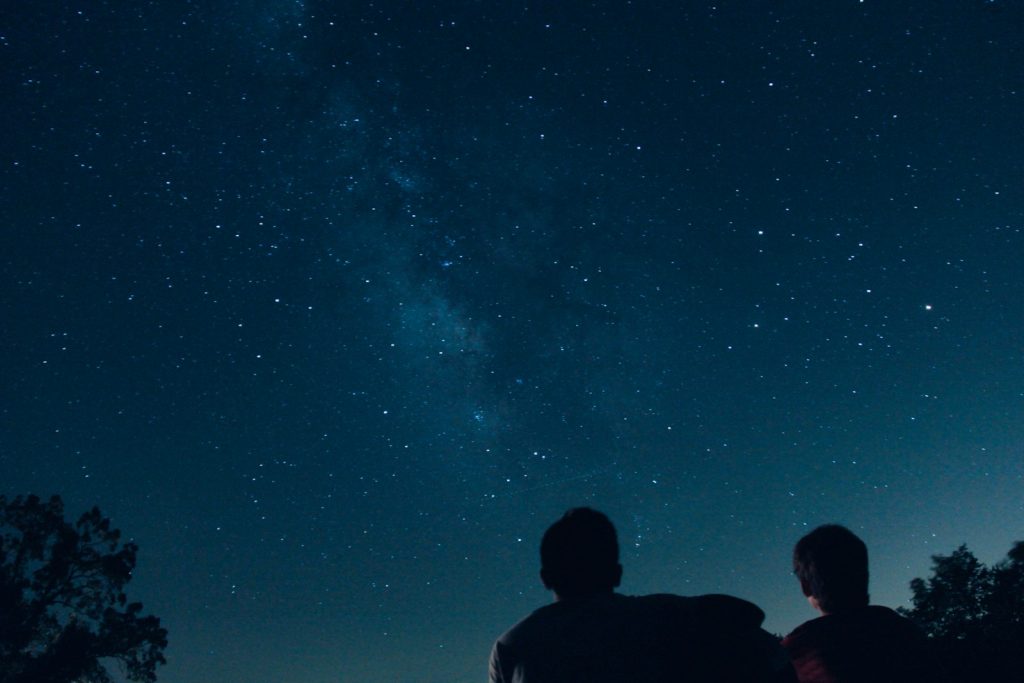
A Calendar of Celestial Events
August 12th – The Perseid Meteor Shower, also known as the “Tears of St. Lawrence.” This is arguably the most well-known and spectacular meteor shower of the year. The lack of moonlight at this time of year will provide excellent viewing conditions.
December 14th: The Geminid Meteor Shower, one of the year’s most consistent and prolific meteor showers, with up to 150 meteors per hour under dark skies.
Connect with Local Experts
If you want to learn more about the night sky, contact your local astronomy association. These organisations frequently organise public stargazing events and workshops, granting access to powerful telescopes and specialist knowledge. The Asociacion Astronomica Marina Alta, which operates in the Denia area and hosts public events on a regular basis, is an excellent resource.
So, the next time you’re on the Costa Blanca at night, consider looking up. You might just discover a completely new side to this stunning region—one that is vast, awe-inspiring, and full of secrets waiting to be discovered.

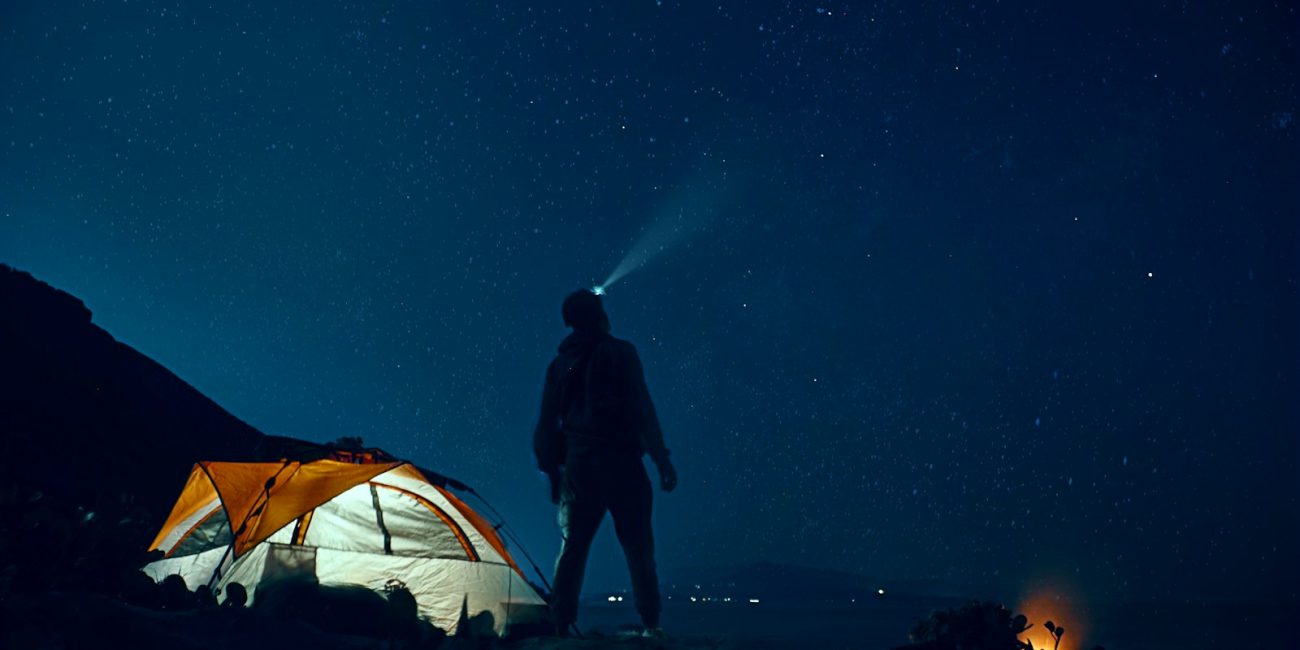



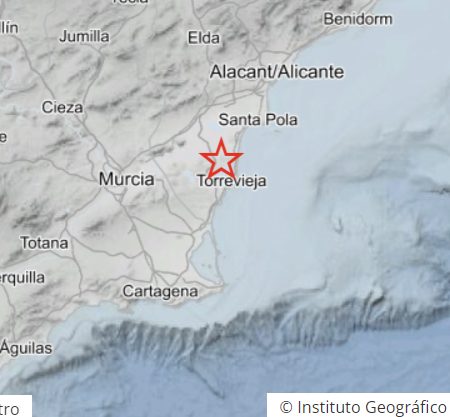
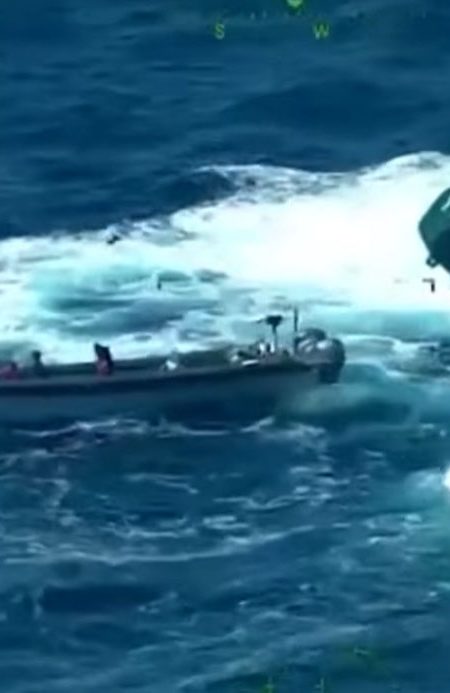
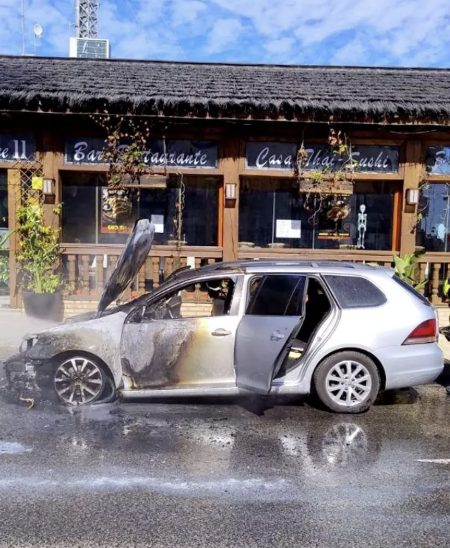

No Comment! Be the first one.